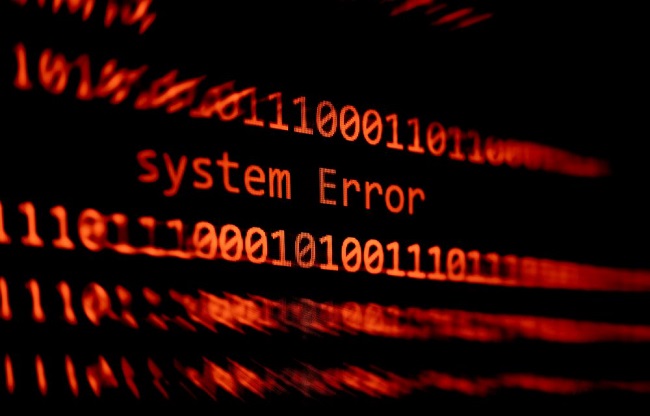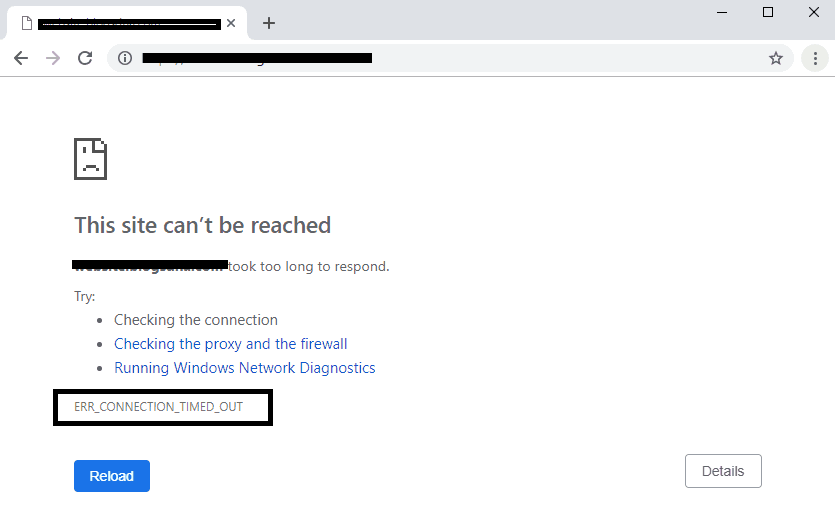Do you have concerns about the slowdown and lack of responsiveness of your PC on Windows 10? Typical symptoms include a full hard drive, freezing or crashing Windows 10 at startup for no apparent reason, not responding to keyboard clicks after high CPU or RAM consumption, and general performance degradation.
Windows 10 customers are reporting an increase in the frequency of this issue. You’ll also notice an ntoskrnl.exe file taking roughly 99 percent or 100 percent of the CPU or other system resources if you check out the Task Manager.
It’s possible that removing ntoskrnl.exe will lead to more significant problems because it is an integral component of the operating system. If you’ve discovered the same thing, don’t panic. Although this problem appears difficult at first, there are some practical solutions to solve it.
There are many different names for the same programme, but how can you know which one is which?

ntoskrnl.exe (the Windows NT operating system kernel) is one of the most commonly encountered BSOD (Blue Screen of Death) issues. As an essential part of Windows, ntoskrnl.exe is responsible for a number of essential system services, including memory management, process management and virtualization of hardware.
It also contains the kernel, memory manager, cache manager, and task scheduler in addition to the executable, making it a highly protected system file. It’s impossible to remove or corrupt this file because it’s so well protected.
If ntoskrnl.exe is using more than 30% of the CPU resources during normal operation, this is a problem that needs to be taken care of. The reasons for ntoskrnl.exe’s existence CPU, disc space, and memory performance. You’re going to be asking yourself, “What else is there to ask?”
Why does the ntoskrnl.exe file occupy so much disc space, memory, and CPU if it’s supposed to be managing memory, you might wonder.
A variety of factors can cause ntoskrnl.exe to take up a lot of space on your computer, including Windows 10’s new compression memory features, bugs in the Windows update process, malware infection, outdated device drivers or applications, corrupted system files, and more.
Read Also:
- ERR_CONNECTION_CLOSED
- DNS_PROBE_FINISHED_NXDOMAIN
- io.netty.channel.abstractchannel$annotatedconnectexception
Windows 10 Has a New Feature Called Compressed Memory
This executable file now also compresses old pages of memory to clear up space in Windows 10. Windows 10 has a new feature called a compression store that compresses non-functioning files and doesn’t write them to disc when the strain on the Memory Manager exceeds a certain threshold.
Since less memory is needed per process, Windows is able to run more apps in the physical memory at a given moment, making the operating system more responsive.
Thus, the responsiveness of Windows has been improved as a result. However, in rare cases, the compression store absorbs all of the available resources, resulting in this issue. In the task manager, you can see how much ntoskrnl.exe is being used.
1. Incompatible or Outdated Hardware
The operating system communicates with computer hardware through the use of device drivers. ntoskrnl.exe can take up a lot of disc space if the drivers are out of current or faulty, and Windows will report a device problem. Let’s see how we do.
When ntoskrnl.exe communicates with other devices, it uses these drivers to convey data. Messages sent or received are stored in memory and are ready to be processed at a later time. To handle the data, these corrupt drivers transmit it to ntoskrnl.exe. Memory leakage occurs when these drivers receive too much data.
The ntoskrnl.exe file’s RAM is also updated by these drivers. In this case, all of the RAM is used up. Consuming the data requires more processing power. Microsoft Windows 10 customers who have upgraded from Windows 7 or 8.1 to the latest version are more likely to encounter this issue.
2. Viruses and Malware
If your computer is infected with a virus or malware, the ntoskrnl.exe file can be damaged as a result. The ntoskrnl.exe file can be hijacked by this malware, resulting in memory leakage. An extension file’s memory can also be used as a repository for infections.
Memory leaking happens when the ntoskrnl.exe file is overwhelmed by malware or viruses, which take up the entire CPU’s memory and resources. Blue screens (or BSOD errors) usually display precise information about what went wrong.
3. Damage To The ntoskrnl.exe file
To corrupt ntoskrnl.exe is a challenging process, as we’ve shown in the preceding discussion. The chances of ntoskrnl.exe becoming corrupt are quite low. This extension file can become unresponsive or stop performing normally if it becomes corrupted.
As a result, it’s difficult to know when to write in RAM and when to clear it out. Because of this, the CPU is overworked, and the hard disc fills up so quickly.
How Do I Get Rid of ntoskrnl.exe’s Memory Leaks in Windows 10?
Are you concerned about your computer’s memory use and strange behaviour after spotting these issues? If that’s the case, you’re not required to. In this section, we’ll explore every option for reducing the excessive use of memory.
Malware and viruses are to blame if you see unusually high memory utilisation. You may be experiencing memory leaks if you’ve recently upgraded your operating system or installed a new device on your computer. In the event that you’ve run across this problem, you should try these steps:
1. Update Drivers
It’s always a good idea to maintain the driver up to date, because if the driver and operating system are not compatible, this can cause ntoskrnl.exe high CPU or disc consumption. Follow these procedures to get the latest version of your driver:
Step 1: Start the Run window by pressing Windows key and R at the same time. To open the Device Manager, type hdwwiz.cpl in the input text option and click Enter.
Step 2: When searching for Control Panel in the Start menu, type Control Panel in the search bar. Then pick Hardware and Sound, then Device Manager.
Step 3: Expand the Network Adaptors drop-down menu by clicking on it. Right-click on the driver you want to install. When you’re done, choose the Update Drivers Software option. Select Automatically Look for New Driver Software in Step. Finally, restart your computer.
You can fix any damage done to your machine by updating the driver. Keep your driver up-to-date to avoid any serious issues down the line.
2. Scan your system using anti-virus and anti-malware software
An alternative would be to utilise anti-virus software to see if your PC has been infected with malware or spyware that you are not aware of.
In this instance, checking your system is the best option because many malware and spies hide their operations in multiple directories, which might lead to memory leaking. Using these apps will aid in:
Malware, espionage, and other risks will be addressed. All the malicious files and viruses that could harm your computer are scanned.
Getting rid of all the files that are taking up space on your hard drive.
Now, adhere to the following guidelines:
Step 1: Make sure your PC has an anti-malware or anti-spyware installed. Malwarebytes Anti-Malware or SpywareBlaster are two options. Protect your computer from viruses, spyware, and other forms of malware using this programme.
Step 2: ntoskrnl.exe can be found in the C:WindowsSystem 32 folder, so run a full system scan after the software has been installed. Malware and spyware are listed if they’re found on your machine.
Step 3: Restart your PC after you’ve fixed all threats issues.
3. Disabling the Runtime Broker
When you open Task Manager, you’ll see a Windows process called “Runtime Broker” in the list of processes. Even though it was first introduced in Windows 8, it is still there in both Windows 8 and Windows 10.
Because it uses up more resources and memory than necessary but does not release it when a task is completed, the Runtime Broker is sometimes blamed for memory leaks.
The runtime broker, as previously stated, is a critical Windows process. As a result, we are unable to fully disable it in Windows. As a result, if the problem persists, you might try stopping and restarting the process whenever an error occurs.
Now that you’ve read the instructions, follow them:
Step 1: Go to the Start menu and select Settings. Choosing a Category is Step 2. Select Notifications and actions from the left panel. In the third step, you’ll see an option that says Apps and third-party senders can send you notifications. Turn off the Toggle.
It’s time for a last reboot.
4. Modifying the Registry
Windows Registry Editor is required to alter registry settings. The Windows Registry is a database used by Microsoft Windows. Windows operating system, as well as all of the software installed on the computer, are stored under this directory. To change registry settings, use these instructions:
Step 1: You may also press Windows key + R on your keyboard at the same time to launch Run by right-clicking the Start button and selecting “Run as administrator.”
Step 2: Type regedit into the Run dialogue box and click Enter on the keyboard to launch Registry Editor.
Step 3: A warning or prompt will appear, requesting your permission to make registry modifications. To proceed, simply select Yes from the pop-up menu. The next step is to follow this path:
To manage memory usage, open HKEY LOCAL MACHINE > SYSTEM> CurrentControlSet > Control.
5. Choosing the Memory Management
Double-click the “Clear Page File At Shutdown” option. Value data should now be set to 1. Press the OK button to confirm your action. Check to see if the CPU use of ntoskrnl.exe is under control after restarting your computer. If the registry is changed and your problem is solved, I am optimistic.
Read Also:
Conclusion
After using one or more of the methods described above, you should be able to easily fix the high CPU or Disk utilisation caused by the Ntoskrnl.exe file on Windows 10. The Ntodkrnl.exe file is difficult to remove permanently, therefore this problem may recur.
We recommend that you always keep your drivers and anti-malware and anti-spyware software up to date in order to prevent your PC from using excessive amounts of RAM.





Leave a Reply